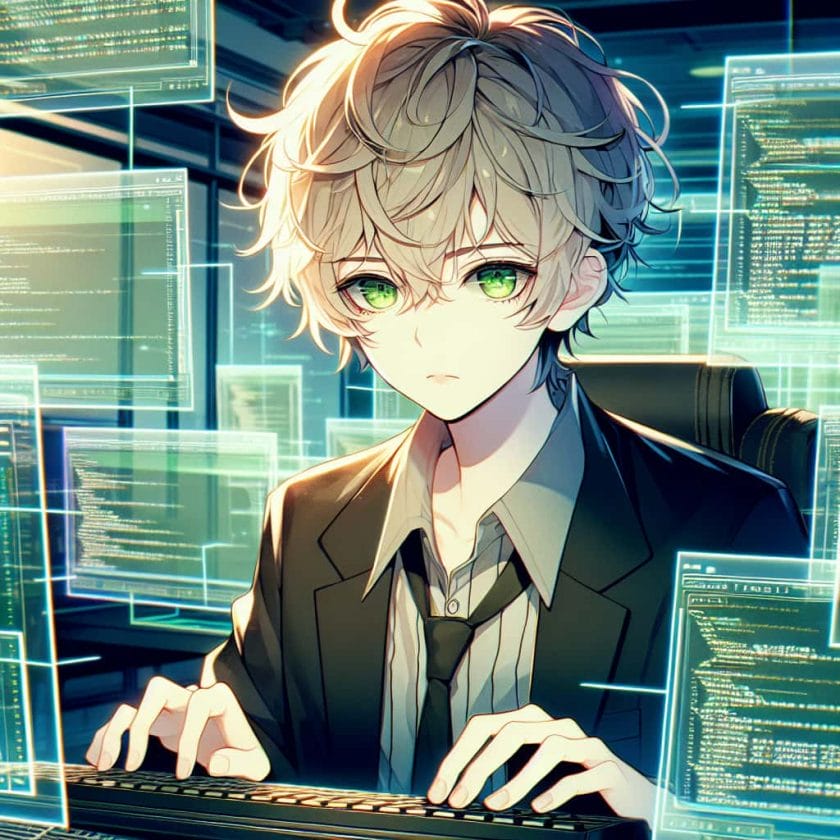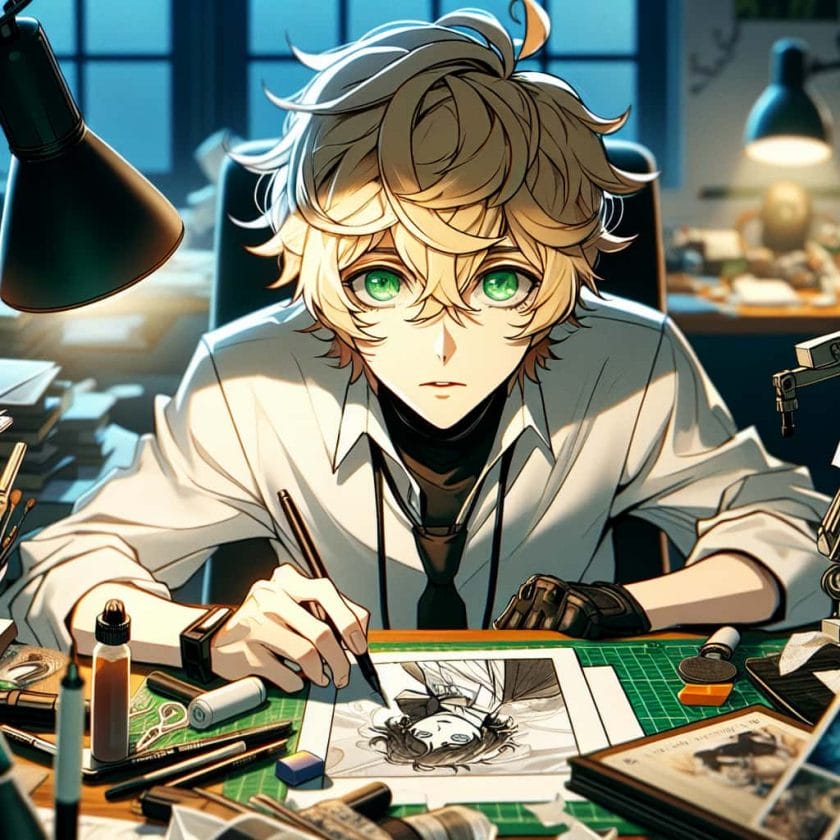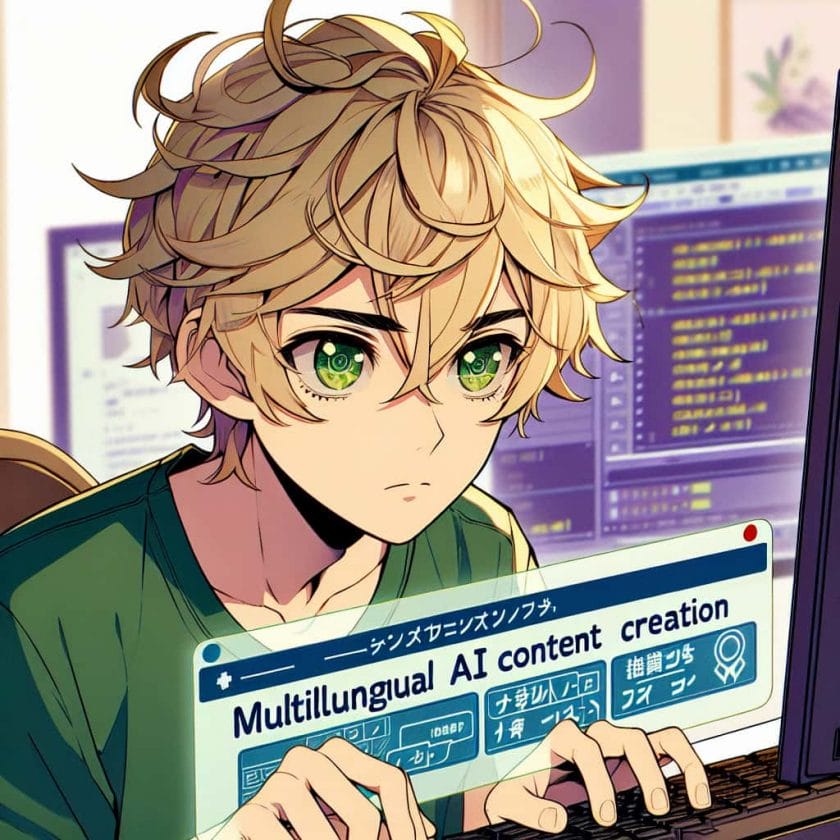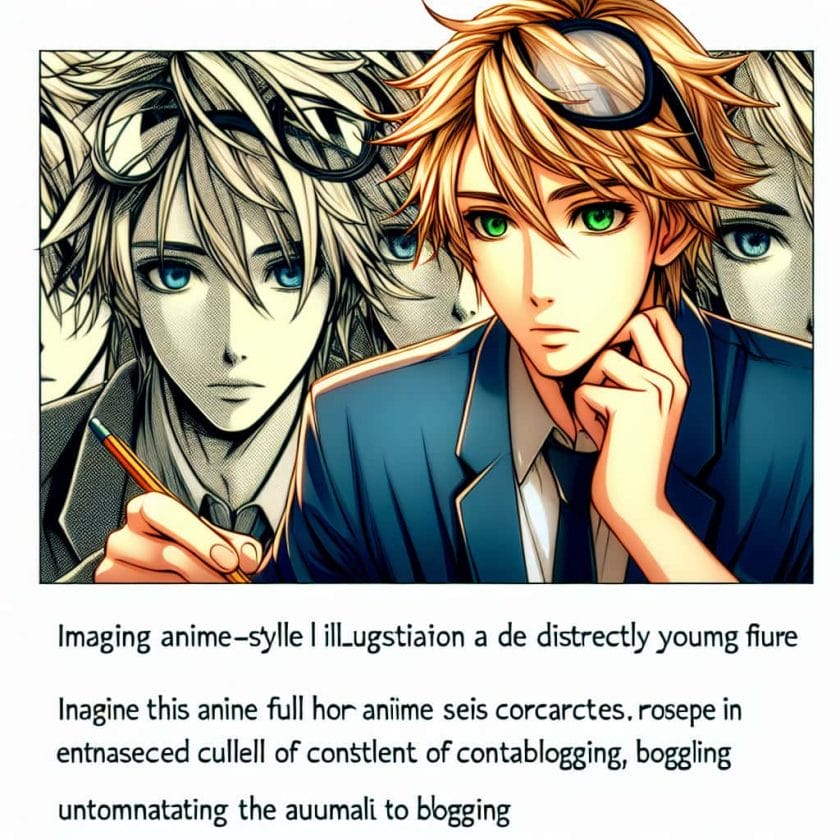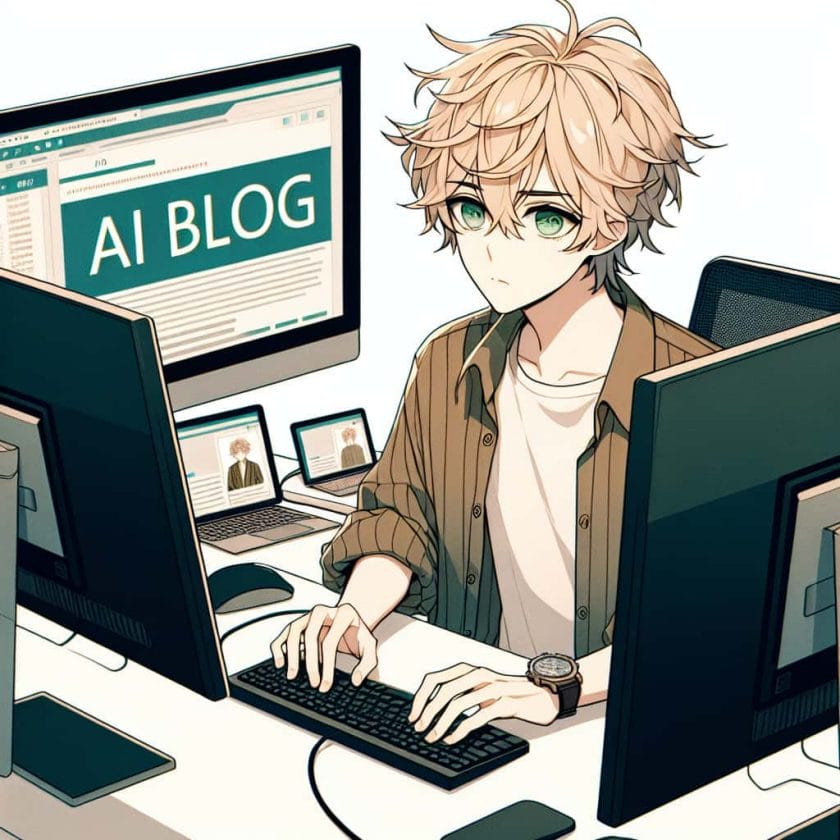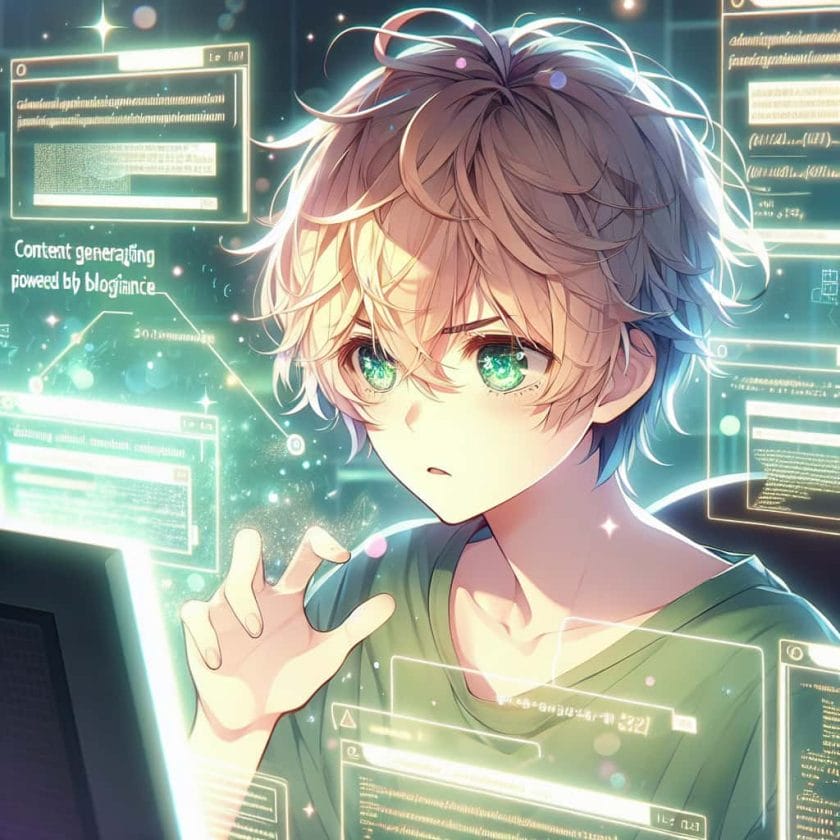Artificial Intelligence (AI) has revolutionized the art world, but with it comes a question – can AI-generated art be copyrighted? This debate has sparked discussions among artists, lawyers, and experts in intellectual property rights.
What is Artificial Intelligence (AI) Art?
The Definition of AI Art
Artificial Intelligence (AI) art refers to artwork created with the help of machine learning algorithms and other AI technologies. It involves using computers to create original works of art, or to assist human artists in their creative process.
The History of AI Art
The concept of AI-generated art dates back to the 1960s, when computer scientists began experimenting with creating images using early computer technology. However, it wasn’t until the advent of machine learning algorithms in the 21st century that AI art became a more widespread phenomenon.
The Different Types of AI Art
- Generative Adversarial Networks (GANs): GANs are a type of deep learning algorithm that can generate new images by analyzing existing ones.
- Neural Style Transfer: This technique involves using neural networks to apply the style of one image onto another image.
- Reinforcement Learning: Reinforcement learning algorithms can be used to teach machines how to paint or draw in a specific style.
How AI Creates Art: Exploring the Process
Data Collection and Training
In order for an AI system to create art, it first needs to be trained on a large dataset of images. This dataset serves as a reference for the system’s output, allowing it to learn patterns and styles from existing artwork.
Algorithmic Generation
Once an AI system has been trained on a dataset, it can begin generating its own unique pieces of artwork. This process typically involves the use of generative algorithms that analyze patterns and styles from existing artwork and use this information to create new pieces.
Human Feedback and Iteration
While AI systems are capable of generating artwork on their own, they often benefit from human feedback and iteration. By receiving feedback from human artists or art critics, an AI system can learn to refine its output and create more sophisticated works of art.
Who Owns Copyright to AI-Generated Art?
The Legal Debate Around Copyright Ownership
One of the most contentious issues surrounding AI-generated art is who owns the copyright to these works. While some argue that the creators of the AI system should be considered the authors of any resulting artwork, others maintain that copyright should belong to the individuals who trained or programmed the system.
The Role of Human Input in Copyright Ownership
Another factor that can influence copyright ownership in AI-generated artwork is the degree of human input involved in its creation. If a human artist provides significant creative input into an AI-generated piece, they may have a stronger claim to copyright ownership than if the work was generated entirely by an algorithm.
Can an AI System be Considered the Author of a Piece of Art?
The Argument for Considering AI Systems as Authors
Some legal scholars argue that because AI systems are capable of generating original works without direct human intervention, they should be considered authors in their own right. This argument is based on the idea that authorship is not necessarily tied to conscious intention or creativity, but rather to the act of creating something new.
The Challenges with Recognizing AI Systems as Authors
Despite this argument, there are several challenges associated with recognizing AI systems as authors. For one thing, it can be difficult to determine how much creative input an algorithm has had in generating a particular piece of artwork. Additionally, there are concerns that recognizing AI systems as authors could lead to a devaluation of human creativity and artistic expression.
Legal Precedents for AI-Generated Artwork and Copyright Ownership
The Case of “The Next Rembrandt”
In 2016, a team of Dutch researchers used machine learning algorithms to create a new painting in the style of the famous artist Rembrandt. While the resulting artwork was generated entirely by an AI system, it was still subject to copyright laws. The researchers ultimately decided to license the painting under a Creative Commons Attribution 4.0 International License, which allows others to use and remix the work as long as they credit the original creators.
The Dispute Over “Portrait of Edmond de Belamy”
In 2018, a portrait created by an AI system sold at auction for $432,500. However, the sale was not without controversy: some argued that because the artwork was generated entirely by an algorithm, it should not be subject to copyright laws. Others maintained that because human input was involved in training and programming the algorithm, copyright ownership should belong to those individuals rather than the AI system itself.
Ethical Implications of AI-Generated Art and Copyright Ownership
The Devaluation of Human Creativity
Some critics argue that recognizing AI systems as authors could lead to a devaluation of human creativity and artistic expression. If machines are capable of generating original works on their own, what does this say about our own creative abilities?
The Potential for Exploitation
There is also concern that if copyright ownership in AI-generated artwork is not properly regulated, it could lead to exploitation of both artists and consumers. For example, unscrupulous individuals could use AI systems to generate large quantities of artwork without properly compensating the creators of the underlying algorithms.
Using an AI System to Create Original Works without Infringing on Copyrighted Material
The Importance of Data Selection
One way to avoid infringing on copyrighted material when using an AI system to create original works is to carefully select the dataset used for training. By selecting a diverse range of images, an AI system can learn to generate new and unique pieces that do not resemble any existing artwork.
The Role of Human Input in Creative Control
Another way to ensure that an AI-generated piece does not infringe on existing copyright is to provide significant creative input from a human artist. By working in collaboration with an AI system, a human artist can guide the creative process and ensure that the resulting artwork is original and distinct from any existing works.
The Impact of Open-Source Algorithms on Copyright Ownership in AI Art
The Benefits of Open-Source Algorithms
Open-source algorithms can be beneficial for artists and creators, as they allow for greater collaboration and innovation within the field. By making algorithms freely available, creators can build upon each other’s work and develop new techniques for generating art using machine learning technology.
The Challenges with Copyright Ownership in Open-Source Algorithms
However, open-source algorithms also present challenges when it comes to copyright ownership. Because anyone can access and modify these algorithms, it can be difficult to determine who owns copyright in any resulting artwork. Additionally, there may be legal issues surrounding the use of open-source software in commercial contexts.
Licensing Agreements for Protecting Copyright in AI-Generated Artwork
Creative Commons Licenses
Creative Commons licenses can be a useful tool for protecting copyright in AI-generated artwork. By licensing their work under a Creative Commons license, artists can retain some control over how their work is used and distributed while still allowing others to build upon it.
Custom Licensing Agreements
For more complex or high-value artworks, custom licensing agreements may be necessary. These agreements can specify the terms under which an artwork can be used, as well as the compensation owed to the creator of the underlying algorithm.
Varying Laws Regarding Copyright Ownership for AI-Generated Artwork Across Countries
The Role of National Intellectual Property Laws
Intellectual property laws vary widely across different countries, and this can have implications for copyright ownership in AI-generated artwork. In some countries, copyright may automatically belong to the creators of an AI system, while in others it may belong to the individuals who trained or programmed the system.
The Need for International Standards
Given these differences in national intellectual property laws, there is a need for international standards and guidelines when it comes to copyright ownership in AI-generated art. This could help ensure that creators are properly compensated for their work regardless of where they are located or where their artwork is being used.
Applying Traditional Intellectual Property Laws to AI-Created Works of Art
The Challenges with Applying Traditional IP Laws
One challenge with applying traditional intellectual property laws to AI-generated art is that these laws were not designed with machine learning technology in mind. As a result, there may be gaps or ambiguities in how these laws apply to artwork created using algorithms.
Potential Solutions
To address this issue, some legal scholars have proposed creating new legal frameworks specifically tailored to AI-generated art. Others have suggested adapting existing IP laws to better reflect the unique challenges posed by machine learning technology.
Patenting Unique Methods of Creating AI-Generated Artwork
The Benefits of Patenting
Patenting unique methods of creating AI-generated artwork can be a useful way for creators to protect their intellectual property rights. By patenting a specific algorithm or technique, creators can prevent others from using or copying their work without permission.
The Challenges with Patenting
However, there are also challenges associated with patenting AI-generated artwork. For one thing, it can be difficult to determine what constitutes a novel and non-obvious invention in this context. Additionally, obtaining a patent can be time-consuming and expensive.
Protecting Rights to Original Artworks Created Using an AI System
The Importance of Attribution
One key way to protect the rights of artists who create original works using an AI system is through proper attribution. By clearly identifying the human artist responsible for creating a piece of artwork, it becomes more difficult for others to claim ownership or credit for that work.
The Role of Licensing Agreements
Licensing agreements can also play an important role in protecting the rights of artists who create original works using an AI system. These agreements can specify how the artwork may be used and distributed, as well as the compensation owed to the artist for their work.
Industry Standards and Best Practices for Handling Copyright Issues in regards to AI-Generated Artwork
The Need for Industry Standards
Given the complex legal issues surrounding copyright ownership in AI-generated artwork, there is a need for industry standards and best practices when it comes to handling these issues. This could help ensure that creators are properly compensated for their work and that consumers are not exploited.
Possible Best Practices
- Clearly identify the human and machine contributors to any AI-generated artwork.
- Use appropriate licensing agreements to protect the rights of artists and creators.
- Encourage collaboration between human artists and AI systems to create original works that do not infringe on existing copyright.
Fair Compensation and Recognition for Artists Creating Works Using an AI System: Steps to Take
The Importance of Fair Compensation
One of the key challenges facing artists who create works using an AI system is ensuring that they receive fair compensation for their work. Because these artworks can be generated quickly and cheaply, there is a risk that artists may be undervalued or exploited.
Possible Solutions
- Create industry standards for compensation and recognition in AI-generated art.
- Encourage transparency in the use of AI systems in the creative process.
- Educate consumers about the value of original artwork created using an AI system.
In conclusion, the question of whether AI art is copyrighted remains a gray area. However, it’s always best to err on the side of caution and seek permission from the original creator before using or reproducing their work. If you’re interested in exploring the world of AI and its creative potential, why not get in touch with us? We offer a range of AI services that can help bring your ideas to life. Let’s create something amazing together!
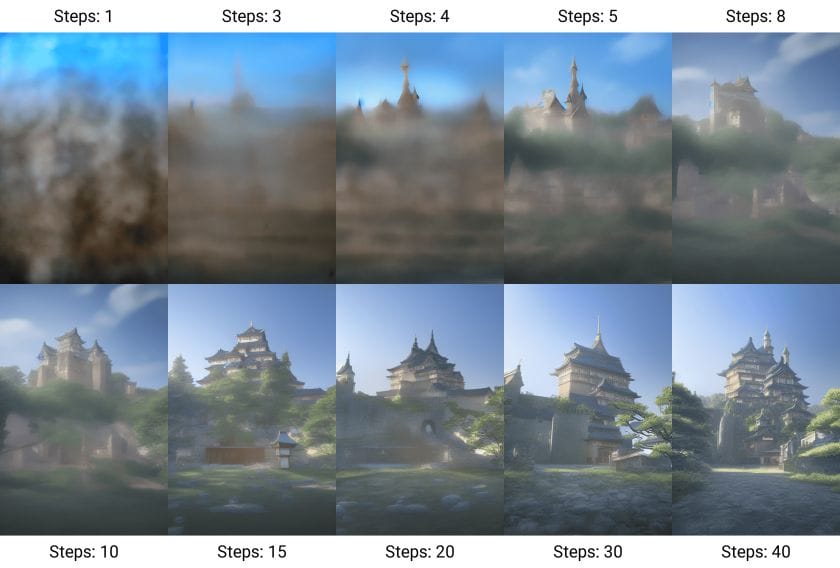
Do AI images have copyright?
The U.S. Copyright Office has declared that images created by artificial intelligence (A.I.) cannot be copyrighted. Therefore, artwork produced by A.I. technology will not be eligible for copyright protection. This decision was made on February 23, 2023.
Is selling AI art legal?
Works created solely by AI do not qualify for copyright protection. There must be a significant contribution by a human author in the creative process. The Office will keep track of any developments in AI and copyright law. AI can be seen as a tool used by human creators to aid in the creative process.

Can I use AI generated art for free?
Bing’s Image Creator utilizes a more developed version of DALL-E technology, producing results of equal or even higher quality in a quick manner. The tool is free to use and can be accessed by visiting the website and logging in with a Microsoft account.
Can I use AI art commercially?
It is permissible to use AI-generated images for commercial purposes without any copyright infringement. AI-generated art does not have inherent copyright protection or ownership, allowing anyone to utilize it for any purpose, including those found online. This was established on Feb 6, 2023.
Can I use AI art in my book?
Self-published writers who use manipulated or stock photos can benefit from A.I. art as a resource for creating book covers. However, it’s crucial to confirm ownership rights for the images produced, just like with stock photos.
Can you sell AI-generated art on Etsy?
Artificial intelligence, known as AI, has the ability to generate various forms of digital products such as artwork, fonts, and wall art. This makes it a profitable method for creating digital goods on Etsy, and according to Etsy policies, these AI-generated products can be sold on the platform.
